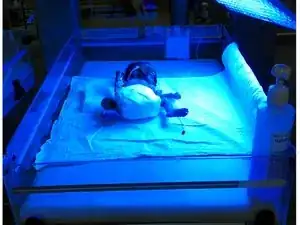Background
Phototherapy or Light therapy refers to one of two things: exposure to daylight or the equivalent form of light for seasonal affective disorder or exposure of skin to certain wavelengths of light using polychromatic polarized light to treat skin conditions. There is some evidence that light therapy may help in other psychiatric disorders as well including major depression, and depression related to bipolar disorder. Some of the skin conditions treated with light therapy include psoriasis and neonatal jaundice.
Identification
To identify the different types of phototherapy, it helps to look at them by the disease or illness being treated. The following categories are typically treated by phototherapy:
- Vitamin D Deficiency: When the body is not producing enough vitamin D on its own, light therapy at wavelengths of 290-300 nanometers will help the body produce vitamin D3. LED lights are known to be effective on human skin.
- Skin Disorders: Ultraviolet light such as narrowband UVB or a high-power UVB bed is typically used for skin disorders. The wavelengths for this therapy are around 311–313 nanometers.
- Mood and Sleep Disorders: Bright light and dawn simulation are used for a variety of disorders including Seasonal Depression Disorder, Non-seasonal Depression, Chronic circadian rhythm sleep disorders (CRSD), Circadian rhythm sleep disorders, jet lag, and sleep disorders associated with Parkinson's and Alzheimer's diseases.
Additional Information
Image Source: Vtbijoy/Wikimedia Commons
